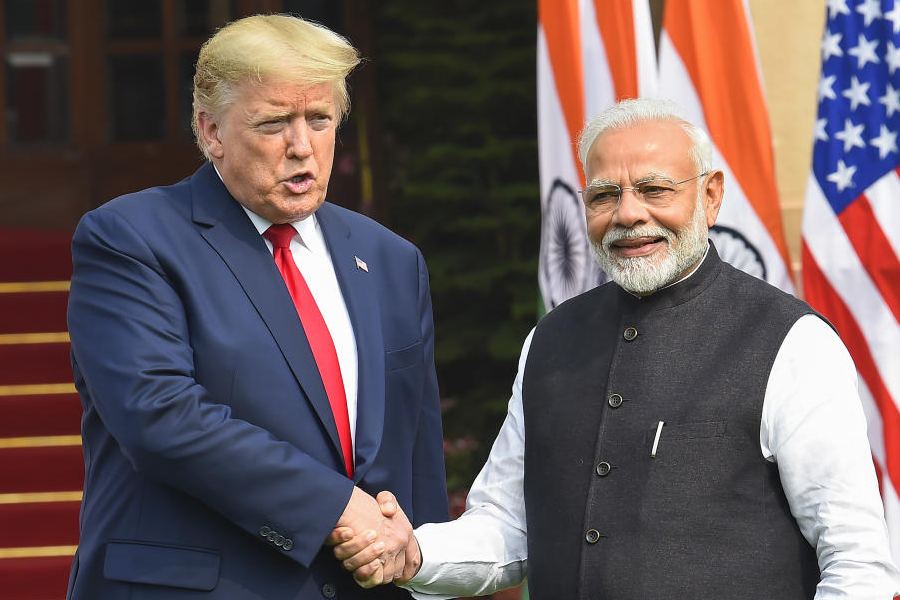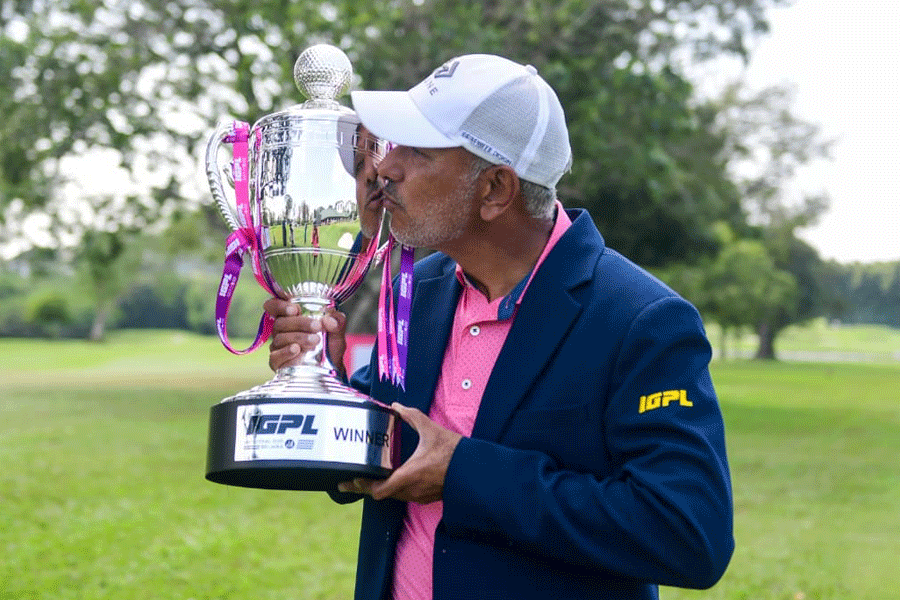Viruses are neither new nor novel. They were present on the planet well before we humans arrived. So why is Covid-19 so terrifying ? For one, it is highly infectious. It spreads by droplets and can be viable on surfaces for two to three hours. Second, a completely healthy person can harbour the virus for up to a week before showing symptoms and spreading it to others without knowing about it. So a contact will, in a predictable cascade, proceed to spread it to many more people.Over the years we have got used to viruses lurking in keyboards. We know they are mildly disruptive and easily ‘kill able’ by software. At worst we have to wait for a new patch to be conjured up in cyber space and ‘Poof!’ the virus disappears forever. The real world is distinctly more unpleasant; Covid-19 does not come with a neat anti-virus kit. For many people used to a hyper certain world, this is highly distressing! Uncertainty, combined with a lack of any purposeful activity, is sure to affect most people.
The best guess of experts is that 80% of those affected by Covid-19 will get mild disease and 15 % moderate disease. About 5% will get severe disease and 2 % will die. This is about the same mortality rate as dengue. While on the subject of dengue, it’s worth noting that dengue has been doing the rounds in India for the last 30 years. We still do not have a definite treatment and a vaccine has only just been successfully tested last year. Another subtle but undeniable point is the class issue. The disease came to India through overseas travellers. Which meant it first went for the fairly well-off urbanite before heading for the slums. This does make us distinctly uncomfortable.
Prevention strategies are pretty well known by now but hard to foolproof in practice. Regular handwashing is OK in a condominium but impossible in an overspilling slum with limited water supply. Ditto for social distancing. We all have to leave our homes for some time, to shop for food or medicines, lockdown or no lockdown. It is impossible to be totally and surgically secluded but it is important to be reasonable.
Our bodies have a pretty robust immune system that pushes back the moment it detects an invader. The immune response is usually quite successful in getting rid of the virus or bacterium or whatever. Sometimes the body quietly allows the virus to stay inside provided it behaves itself. An example is the chickenpox virus, which stays in the body after an attack but can rear up many years later as herpes zoster (or shingles). Sometimes the immune system goes into overkill and mounts a massive response, unleashing a vast number of toxic molecules and killer cells. This phenomenon has recently got a name and is called a cytokine storm. It is the cytokine storm that kills in Covid-19 as it killed a 100 years ago during the Spanish flu.
Chloroquine and its less toxic version, hydroxychloroquine, may work by preventing virus entry into cells and by damping down the cytokine storm. There are several theoretical reasons for this to happen. But actual evidence is pretty thin. In France, investigators treated 26 patients with chloroquine and compared them with 16 patients who had standard care minus chloroquine. Of the treated patients, one cleared the virus but died, three went to intensive care, one stopped taking the drug and one patient went away from the hospital. Of the 20 treated patients that were left, 14 cleared the virus from their throat in 6 days. Of the 16 patients that got standard care, two cleared the virus. A Chinese study on a larger number of patients showed benefit and is awaiting publication.
The WHO is leading an international treatment effort called Solidarity, of which India is a part, which will compare five different types of treatment:
⚫ standard care
⚫ standard care plus remdesivir
⚫ standard care plus lopinavir and ritonavir
⚫ standard care plus lopinavir, ritonavir and interferon beta
⚫ standard care plus hydroxy-chloroquine
All these are drugs which have been used earlier for other reasons and are being repurposed for Covid 19. The French research institute INSERM is doing a similar study in Europe called Discovery. Results of these studies will hopefully be available in three months’ time. Meanwhile the ICMR had made the suggestion that hydroxychloroquine be used in healthy individuals who have come into contact with Covid-19 patients, but has now dropped it from its web site. ICMR has made no recommendation regarding treatment. The West Bengal department of health has suggested in its web site treatment with hydroxychloroquine and ritonavir. Vaccine ‘cures’ are popping up all over the globe. So are treatments. The most recent is an old drug called ivermectin, long used to treat scabies. It has been reported that it kills Covid-19 (yes, in a Petri dish) just as it kills dengue (yes, in mosquitoes).
Can we see what’s there at the end of the tunnel? There is a world-wide shortage of test kits. Given our relatively low rates of infection, no manufacturer is going to make a beeline for India, so tests will be hard to come by. The gene-based test is very accurate but requires that the laboratory has a ‘hood’ or testing chamber already in place. This is rare outside of a research setting in India. There are simpler blood-based tests where we can eliminate the possibility of Covid-19 in a person, but not make a positive diagnosis. Hopefully these will soon be widely available, but we don’t know when. We can assume that at present India is identifying its most severely affected patients but is missing out many mild or moderately ill patients. India’s death rate hovers around 2%. Had we tested more vigorously and collected as many patients as South Korea did, our death rate in percentage terms would surely be lower. This suggests that either our Covid-19 is less virulent or, more likely, our immune response is more nuanced. Anyway, both are good things to have.
In West Bengal there is a discrepancy in disease rates between the Government of India’s website and what is heard on television. This adds to our confusion.
In another two months’ time, we could expect a low level of infection simmering in the community with high levels of immunity to the virus, overall, while life will limp back to the new normal. We will probably never get to know the number of mild cases we have. Life will go on, things will slowly fall in place. Scientifically valid answers will come trickling in. We will surely get a better handle on this virus.
What about doctors and paramedics on the front line? Can they refuse to treat patients? This is not an easy question to answer. Let’s ask another question: How about sending a soldier to battle without a helmet? In the absence of reasonable protective equipment, can a Corona warrior be sent to battle? It’s a hard one but we live in difficult times and will have to face difficult questions.
When I was in school, my grandmother used to take me to meet a venerable sadhu, called Bharat Maharaj in Belur Math. He would always give me a sweet and tell me whatever happens, don’t ever lose your common sense. I remember him today because that’s what we all need now though in the heat of battle (again the war terminology), it’s easy to lose sight of the big picture. To put things in perspective, I’ll end with a quote from Rudyard Kipling: “If you can keep your head when all about you/ Are losing theirs..../ Yours is the Earth and everything that’s in it,/ And -- which is more --you’ll be a Man, my son!”.










